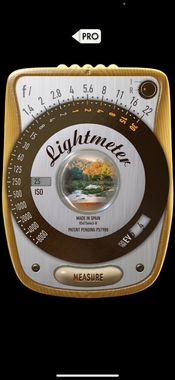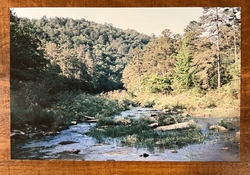8 out 10 times, the culprit is poor exposure. From a technical point of view, it's the hardest part of photography, and it's the one people spend the less time figuring out. Partly to blame today are the gazillion videos on YouTube stating "Don't worry too much about exposure, film has great latitude!"

You have 36 exposures on your film. That's six different ways of metering your scene if you also bracket one up, one down, + six different filters you can try if you bracket one up, one down. There are also other ways you can split this up. Doesn't matter. Important is to try to understand the scene, understand the light. Take notes, compare them with what's good once you get the photos back. You'll have learned how to deal with such a scene with this film.
Or you can roll the dices. I don't know anybody who has learned anything from rolling the dices.

Learning from your mistakes…!














